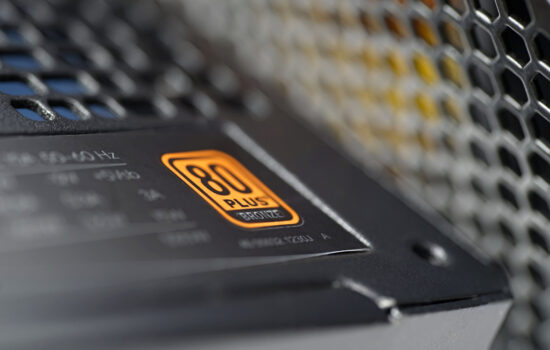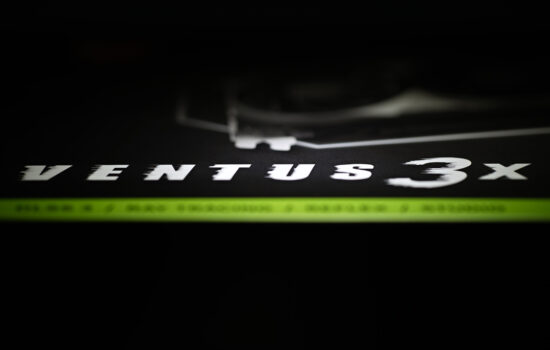… no more limits
The announced update to increase performance in MFS is out, and we have a “before” and “after” comparison for you. Developers has worked to ensure that the processor does not significantly bottleneck the GPU. So far, the performance of the graphics card did not matter much, because only a fraction of its potential was used. But newly, you will achieve better performance on low-end hardware than you did before on a top-end rig.
It’s fascinating how badly Flight Simulator was optimized so far. In some cases, the framerate is more than doubled. The minimum fps increased very significantly, the higher the resolution, the more increase. In UHD resolution in the setup with the Ryzen 7 3700X processor from annoying 17.5 fps it went to pretty decent 40.5 fps. Using a weaker graphics card than the RTX 3080, this difference would be smaller but equally larger with GeForce RTX 3090 or Radeon RX 6900 XT and the like.
The increases in average fps are also extremely high. From the point of view of the graphics performance test, i.e. in the setup with the same processor (R9 5900X), we recorded up to 89% improvement with the RTX 3070, from 38.5 to 72.6 fps. Microstuttering has also been significantly reduced, while fps stability has increased, especially in UHD resolution, where the CPU impact is minimal. Detailed results of all measurements can be found in the graphs of the previous chapters (note for those readers who jump from the first chapter directly to the final one).
This is a completely different gaming experience. The increase in performance may be slightly higher than 60% they presented last month in a demonstration video. However, these results correspond to a relatively weaker configuration (with the Core i7-9700K and RTX 2060 Super). Now the total performance gain is significantly dependent on the performance of the graphics card, which the processor does not slow down at all, or just slightly if it does.
It sounds funny, but monitors with higher refresh rates now make sense for MFS. We’ll see which graphics card first breaks the 100 fps limit. However, this improvement also means that we will have to discard all the measured results in this game in the tests of graphics cards and processors and recalculate the average performances (without MFS), but that’s not a problem. At least there is a good opportunity to deploy that more objective methodology in which every game has the same weight, which we wanted to do a long time ago. But we’ll need some time … and play with Spitfire a little bit first.
- Contents
- It didn't work out for the first time, but…
- Test setup
- Results, CPU tests
- Results, GPU tests
- … no more limits












